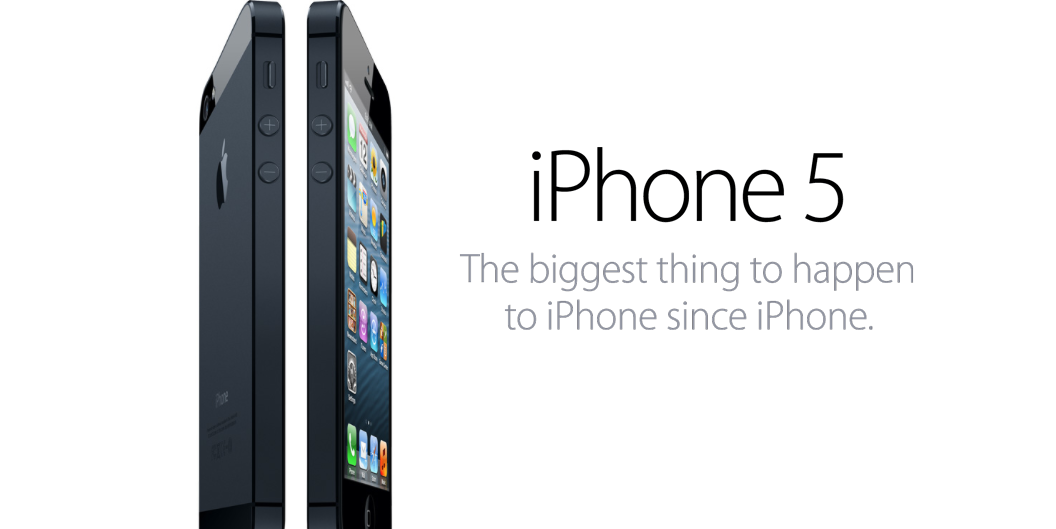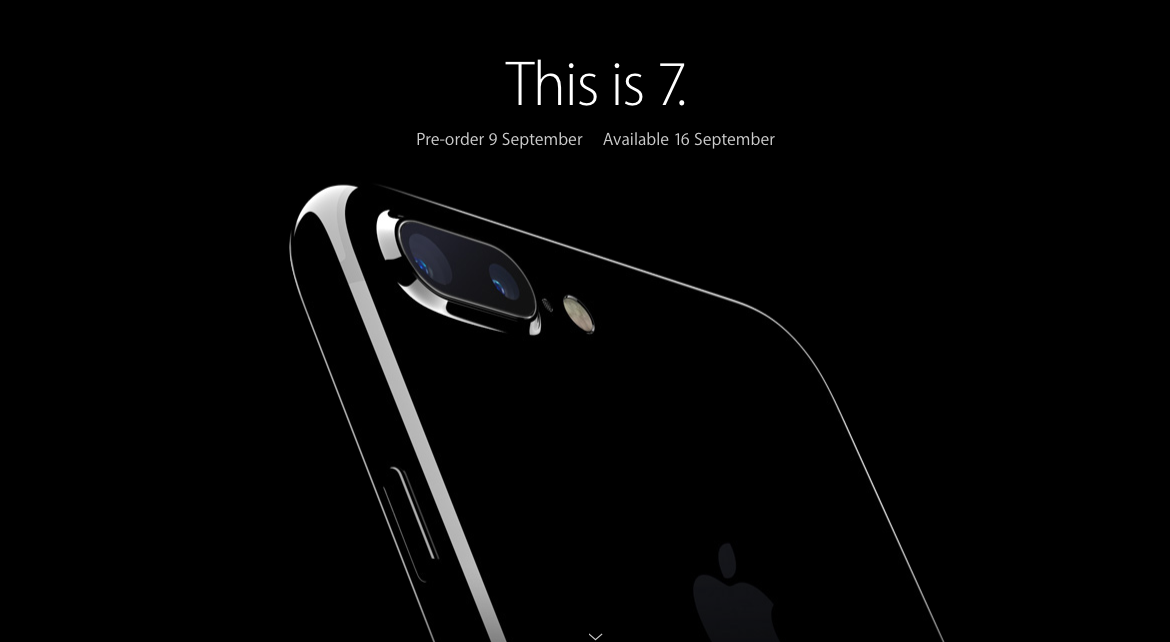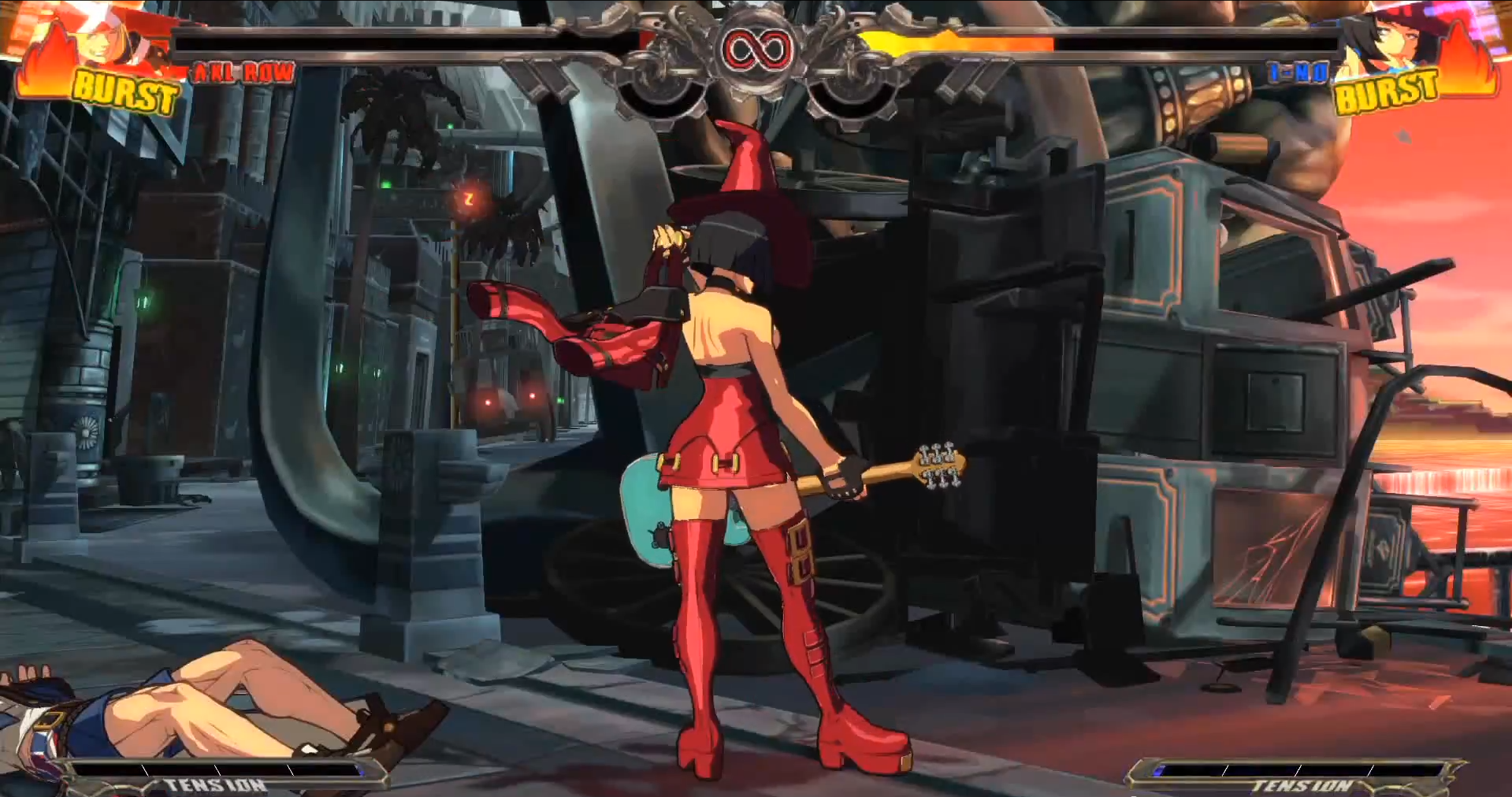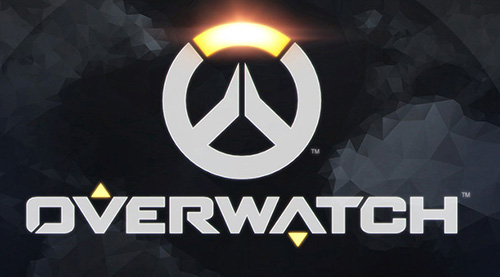
As iOS has matured as a software platform, the games that have come out for it have also matured. Early games tended to be simplistic touch-based affairs with little to recommend them over short five-minute blasts. It took time for developers to start realising that, while a touch-only device presented unique challenges, it wasn’t impossible to put any particular genre on the device. Hardware iterations improved the graphical power, until the current top-of-the-line iOS device, Apple’s recent iPad update, supports exactly as much graphical power as Sony’s PlayStation Vita.
It’s odd, then, to play a game like Ball on a Wall Pocket. In many ways, it feels like a throwback to early iOS games, from a time before it was even called iOS. Automatic movement and simple touch-based gameplay for what is an interesting combination of single-screen platform game and collect-em-up.
The unique mechanic in Ball on a Wall is pretty much implied by the title. Each level is set against a wall that’s made up of a grid of platforms that you pull out into the foreground by touching them. The ball itself moves automatically back and forth along platforms until it hits a barrier (another platform you’ve tapped into the foreground or one of a number of existing hazards) or falls off the screen, costing you a life and rewinding time for a few seconds so you can avoid disaster a second time.
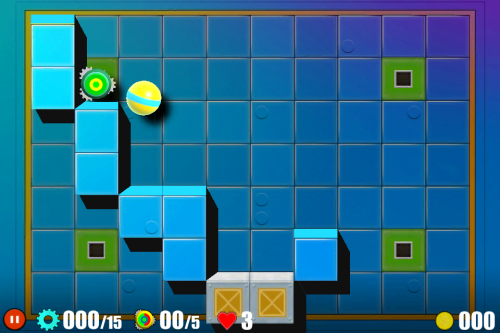
Your goal is to collect items and coins. Collect enough items and you pass the level. The ball can also be made to jump by directly tapping it, however this can prove tricky, and many times I found myself activating a platform rather than jumping the ball. Often this resulted in my downfall.
Most levels have permanent barriers or other obstacles, such as portals, that need to be negotiated as well. Some levels feature insta-death electric blocks that can really mess you up if you miss-time a jump. The biggest hazard, however, is the edge of the screen, which must be blocked off if a misdirected jump sends your ball sailing in its direction.
Most of the challenge in Ball on a Wall comes from learning how to place blocks in the ball’s path, making ad-hoc arrangements just to work towards the randomly placed pickups that are your goal on each level. Sometimes a level can be trivialised if the items appear close to the same location several times, or if you just need to use the jump to get to items, without having to lay out new platforms. There is also a limit to how many blocks can be pulled out as platforms at any one time. This would be okay if it wasn’t for the fact that it can be sometimes hard to predict which block will disappear (it isn’t just a case of the oldest block on the screen going away).
If I have a major complaint with the game, it’s that it’s far too easy to miss jumps and end up pulling out platforms instead. I wouldn’t mind this so much if it wasn’t for the fact that on the iPhone 4 screen, the ball is pretty small, and it can be very easy to miss. Some other mechanism to enable jumping might work better.
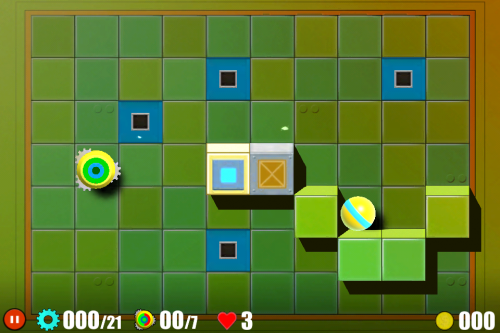
The graphics are nice and functional, crisp and clean, which is exactly what you want for a game like this. The ball can be changed by spending in-game coins (which are collected as you play through the levels), and there are many kinds of ball available (personal favourite: Cricket ball). They have no gameplay effect, but it’s a neat customisation option nonetheless. As to the music, it’s fairly nondescript electronica, with something of a jazzy feel. It suits the game well enough.
Ball on a Wall’s biggest weakness is that it really doesn’t do enough to stand out from the quick-blast iOS gaming crowd. What it does, it does well enough, with a few minor frustrations, but overall it’s hard to see it taking off in such a crowded marketplace. Most people already have a selection of (mostly irate avian-based) quick-to-play games like this, and it’s hard to see them going out of their way to get another one unless they really like single-screen platformers.
Ball on a Wall Pocket is available for $0.99 on the App Store. An iPad version is also available for the same price (this is not a universal app).
A unique idea | Nice graphics
Music | Game doesn't really stand out

